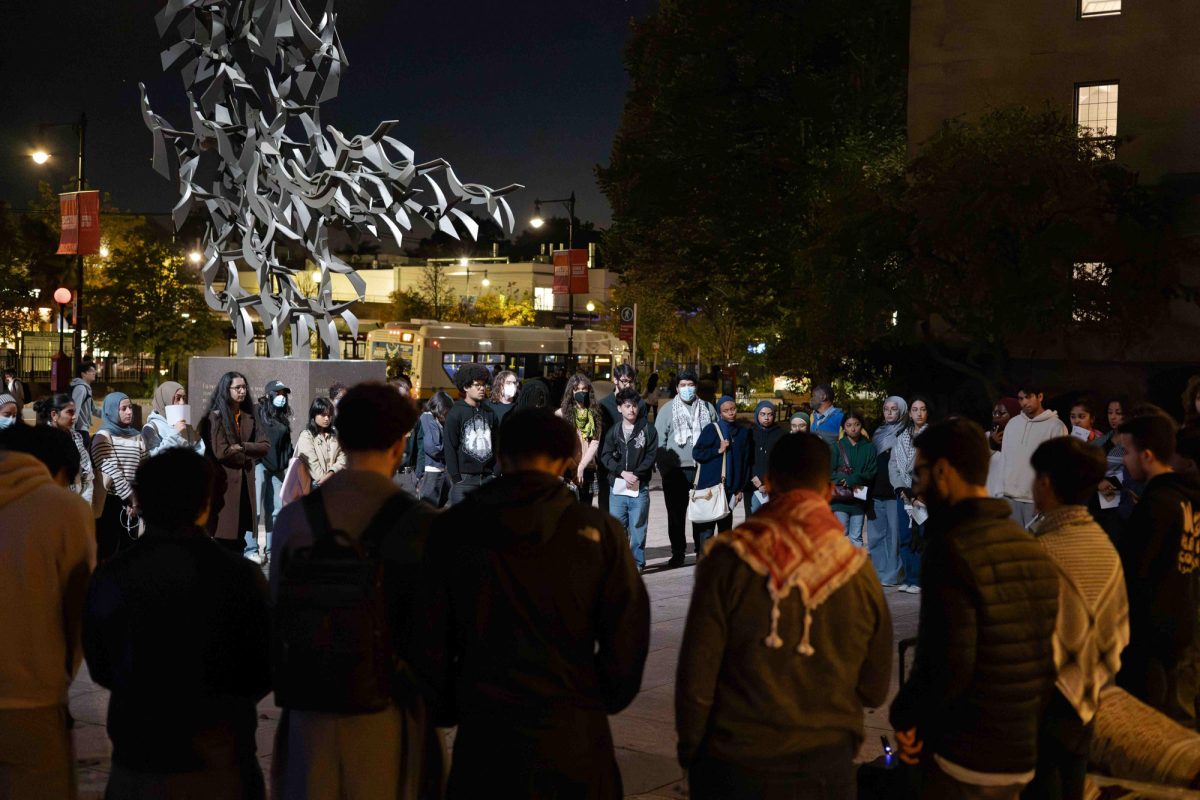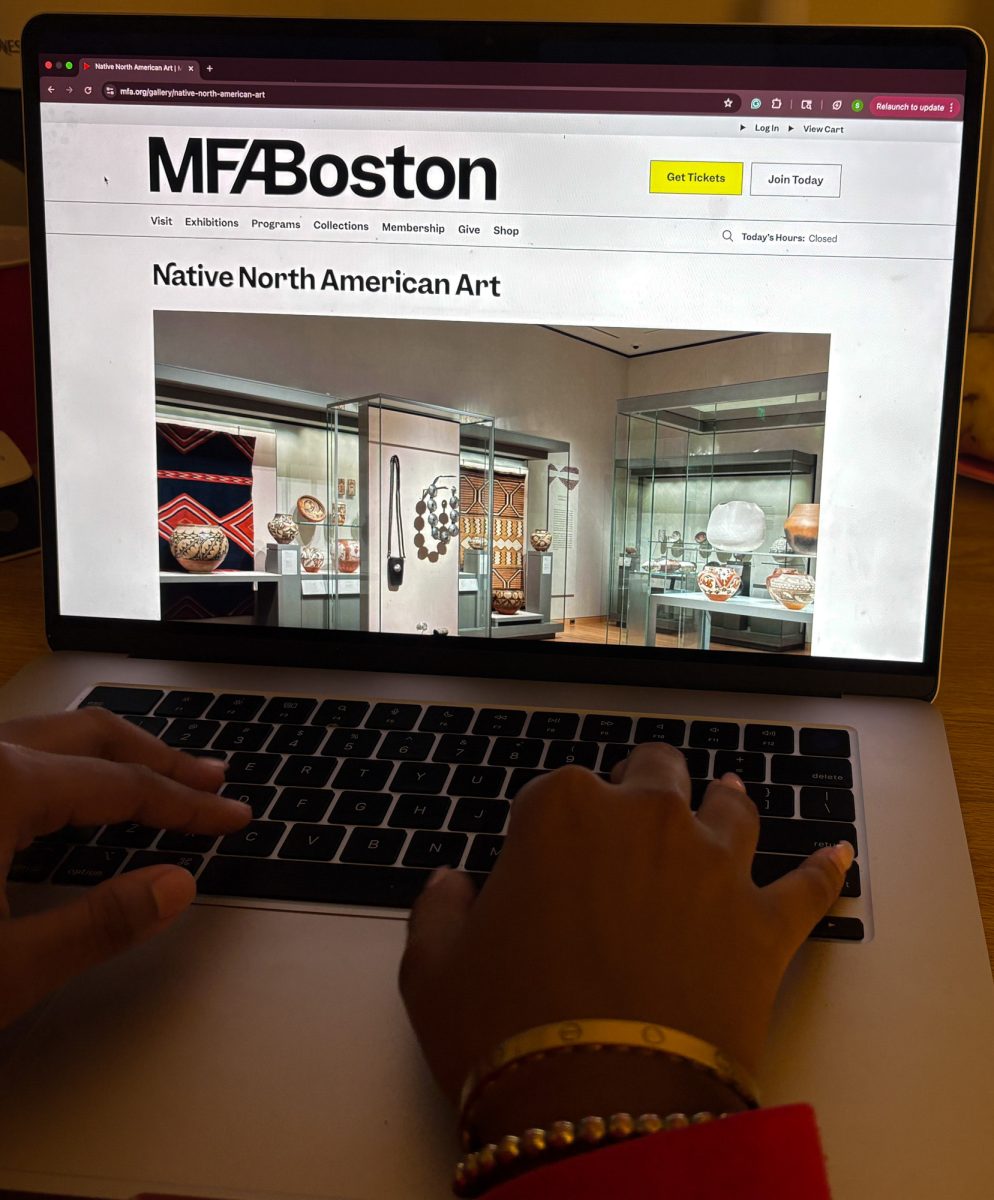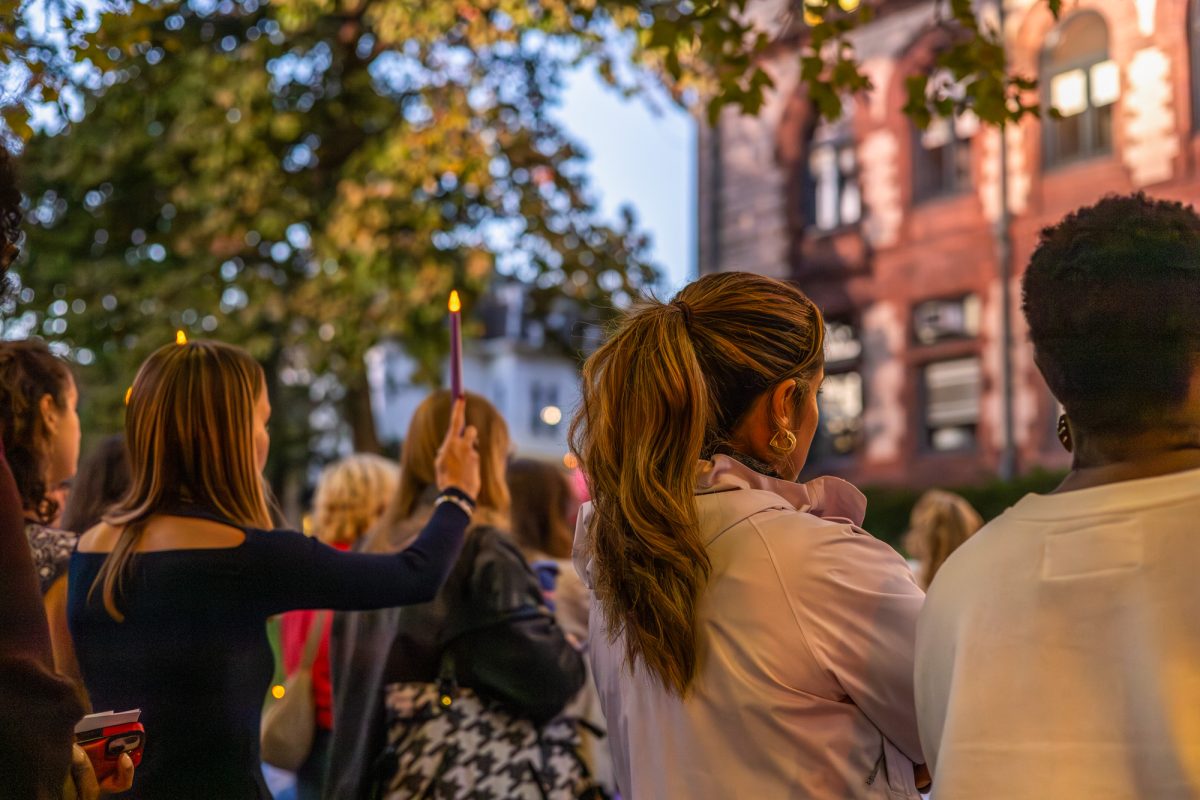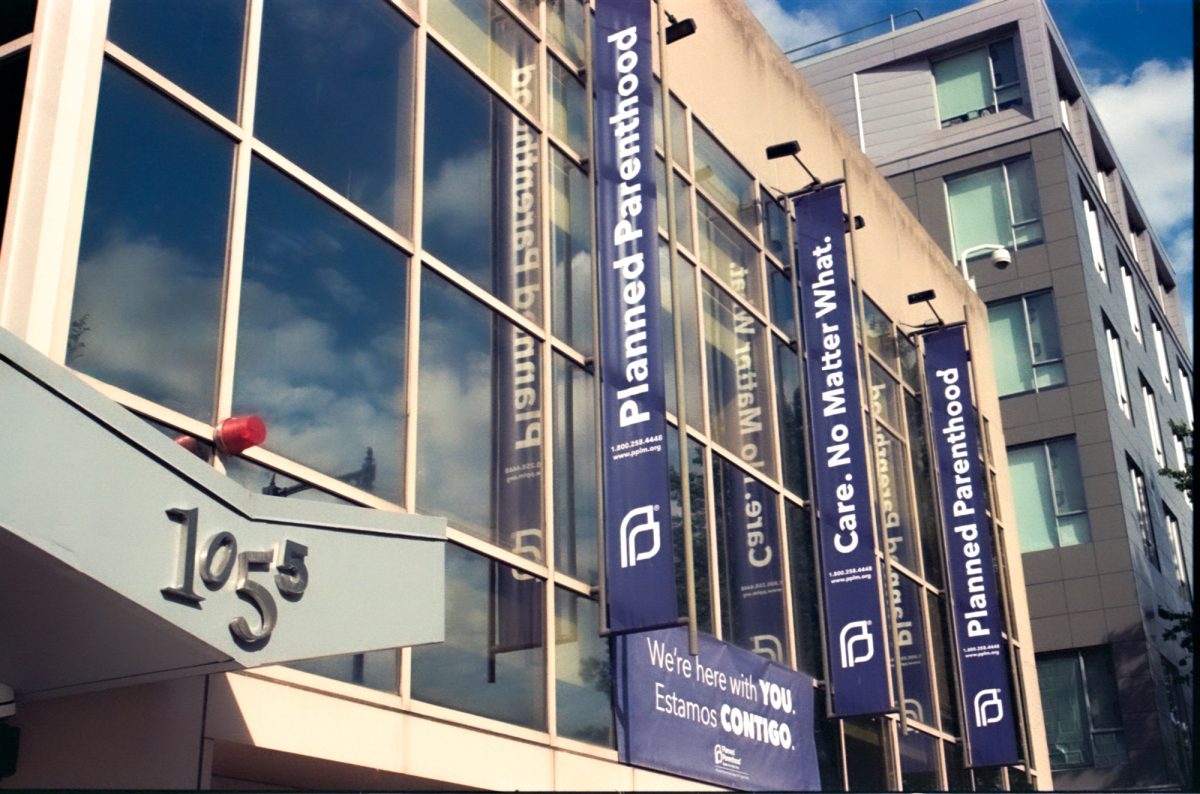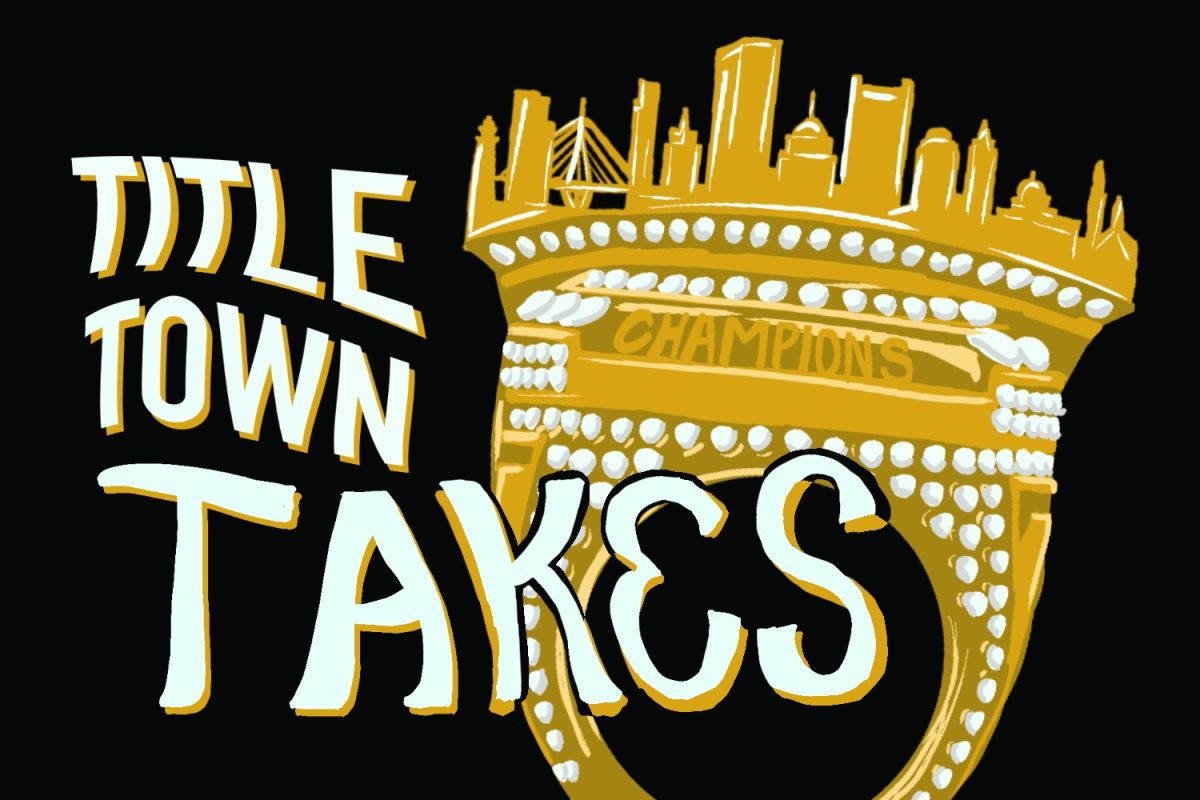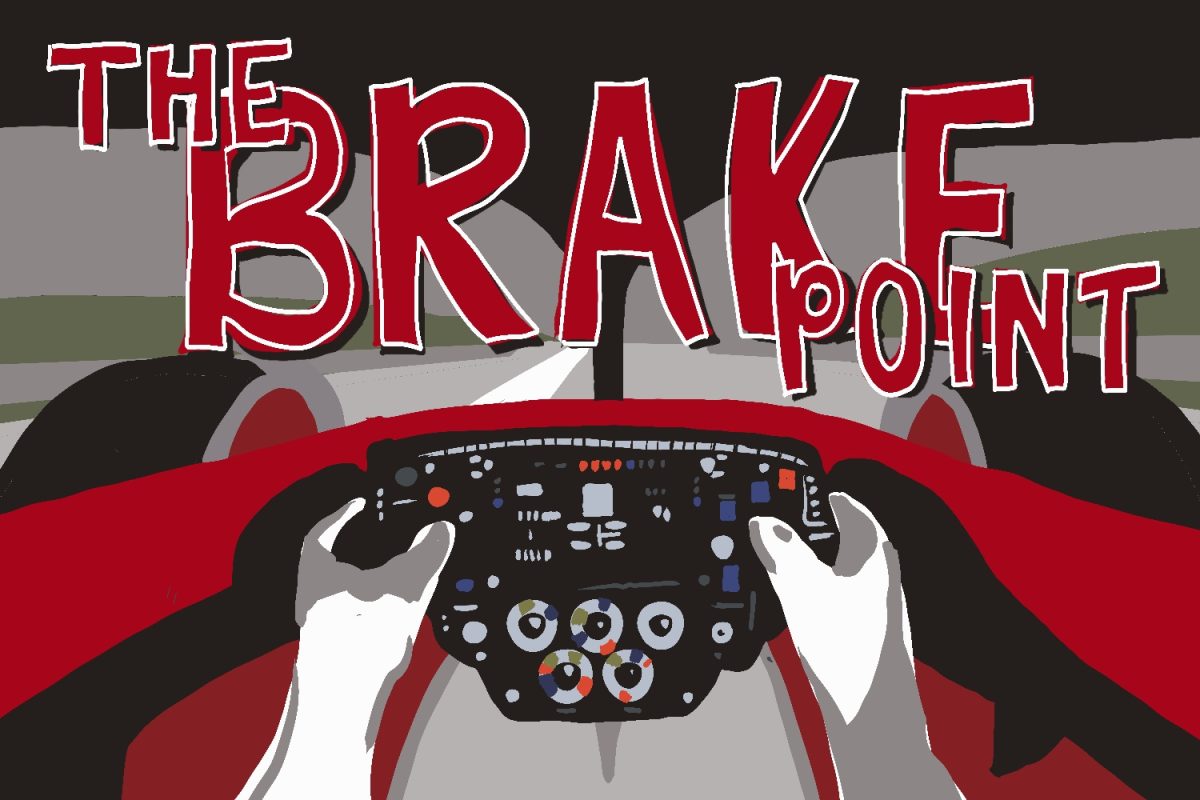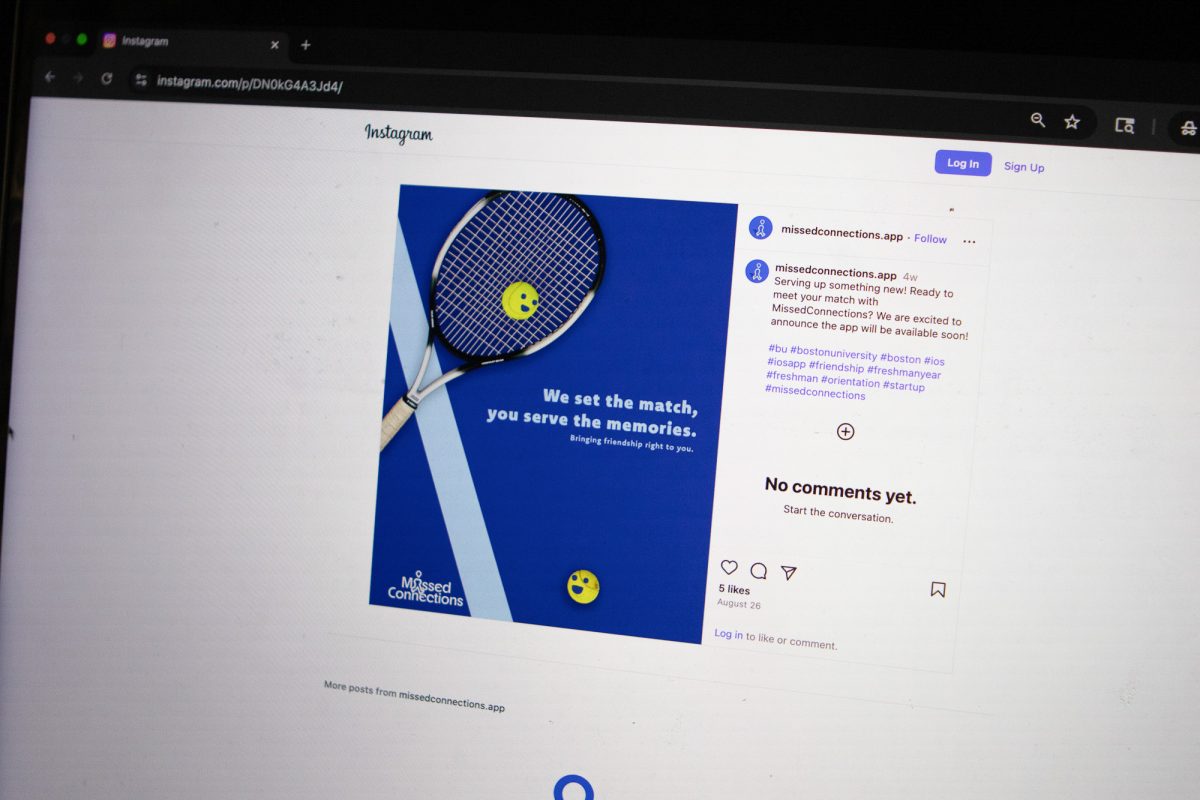Walking past Boston University’s Questrom School of Business, passersby are almost guaranteed to see students wearing suits, collared shirts and slacks — dressed more like corporate-ladder climbers than college students — rushing in and out of its big glass doors.
To the non-business major, these students might seem a little overdressed for class. But for Questrom students, wearing business attire is preparation to enter an industry where presentation is crucial.
“A lot of business is based on impressions,” said Hannah Jung, a sophomore in Questrom. “That’s why there is so much emphasis on how you present yourself.”
Certain Questrom courses and business-oriented organizations at BU require students to follow dress codes for major presentations. Dress codes vary by course or professor, but it usually ranges “anywhere from smart casual to business professional,” said Jung, who is also a teaching assistant for QST SM 131: Business, Ethics and the Creation of Value, a course required for first-semester Questrom students.
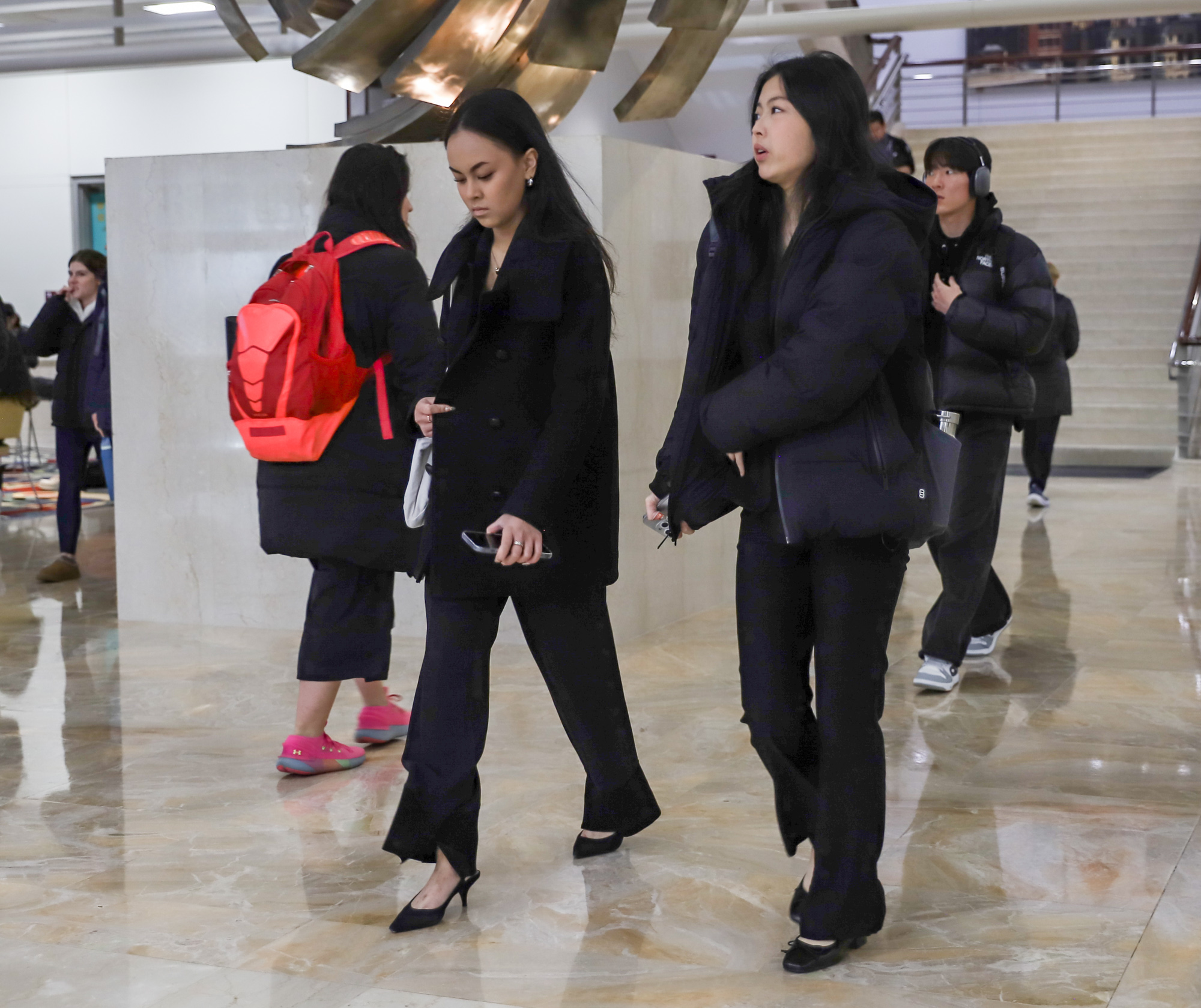
SM 131 includes two major presentations, and professionalism factors into students’ grades, Jung said. One of her responsibilities as a TA is to host a “dress code workshop,” which provides expectations and examples of what to wear during presentations.
“There’s a range in there, but generally the rule is you want to dress as if you’re going to an interview,” Jung said.
This usually means blazers, collared shirts, slacks and dress shoes — and, crucially, no sneakers or jeans.
Kate Teasdale, a freshman in Questrom who is currently taking SM 131, said the first time she wore a suit to present for the class made her feel more comfortable.
“You would think it would make you feel kind of out of place or awkward, but I thought it was really helpful,” Teasdale said. “It made me feel prepared.”
The dress code exposes students to business industry culture and emphasizes the importance of personal presentation in professionalism, Jung said. It also familiarizes students with different levels of professional dress, so they can enter the field aware of the distinctions between smart casual, business casual and business professional.
Mateus Olsson, a junior majoring in hospitality administration with a minor in Questrom, is currently taking two courses that include presentations with dress requirements. He said wearing business attire to present makes him feel like “the stakes are a little bit higher.”
“It just gets us familiar with the realities of working somewhere a little more corporate, somewhere there are standards to how you need to dress,” he said.
Business puts more emphasis on personal presentation than other fields, said Teasdale, who is also a member of Alpha Kappa Psi, a professional co-ed business fraternity, which has its own business-professional dress code.
“That’s your public speaking, your confidence, your persuasiveness, but a lot of it is also literally how you present physically,” Teasdale said.
The significance of physical presentation over other personal qualities in the business world can be “unfortunate,” she said. However, this is why Questrom and AKPsi place so much emphasis on dressing appropriately.
Kaylie Chapa, a senior concentrating in finance and real estate, said donning business attire during her presentations for Questrom’s Cross-Functional Core project put her “in a more serious mentality.”
“You step into the business world when you are in those outfits,” she said.
Although the term “dress code” doesn’t imply room for interpretation, students still find ways to integrate personal style into business attire.
Most students default to a suit, so business fashion is usually “cut and dry,” Olsson said.
But for those who make the effort, Teasdale said different ties, suit styles and buttons “can show off some personality.”
“There’s a little bit more room for style than you might expect,” she said.
Jung said she tries to personalize her business casual outfits by incorporating accent colors, cohesive patterns or interesting shoes.
Her first few times wearing business professional attire around campus felt “a little bit weird,” Jung said. However, when presentation dates in Questrom align and she can count on other business students to also be dressed in their best, it “doesn’t feel as uncomfortable.”
Chapa said she would typically change clothes after presenting to avoid attending non-Questrom classes in her presentation outfit.
“It’s definitely embarrassing,” Chapa said. “Everyone’s like, ‘Oh my god, Questrom people are always in suits.’”
For Teasdale, the feeling of awkwardness or being overdressed has faded in her few months at BU.
“I remember feeling that way a little bit in the beginning, but you do get really used to it,” Teasdale said. “There’s always someone on campus wearing a suit.”
Jung said being one of many Questrom students in business attire reinforces “a sense of community and culture” in the college.
“I feel like mentally fitting into the business world is a mental barrier that a lot of people have to overcome,” Jung said. “Once you dress for the part, you’ll feel more like you belong.”







